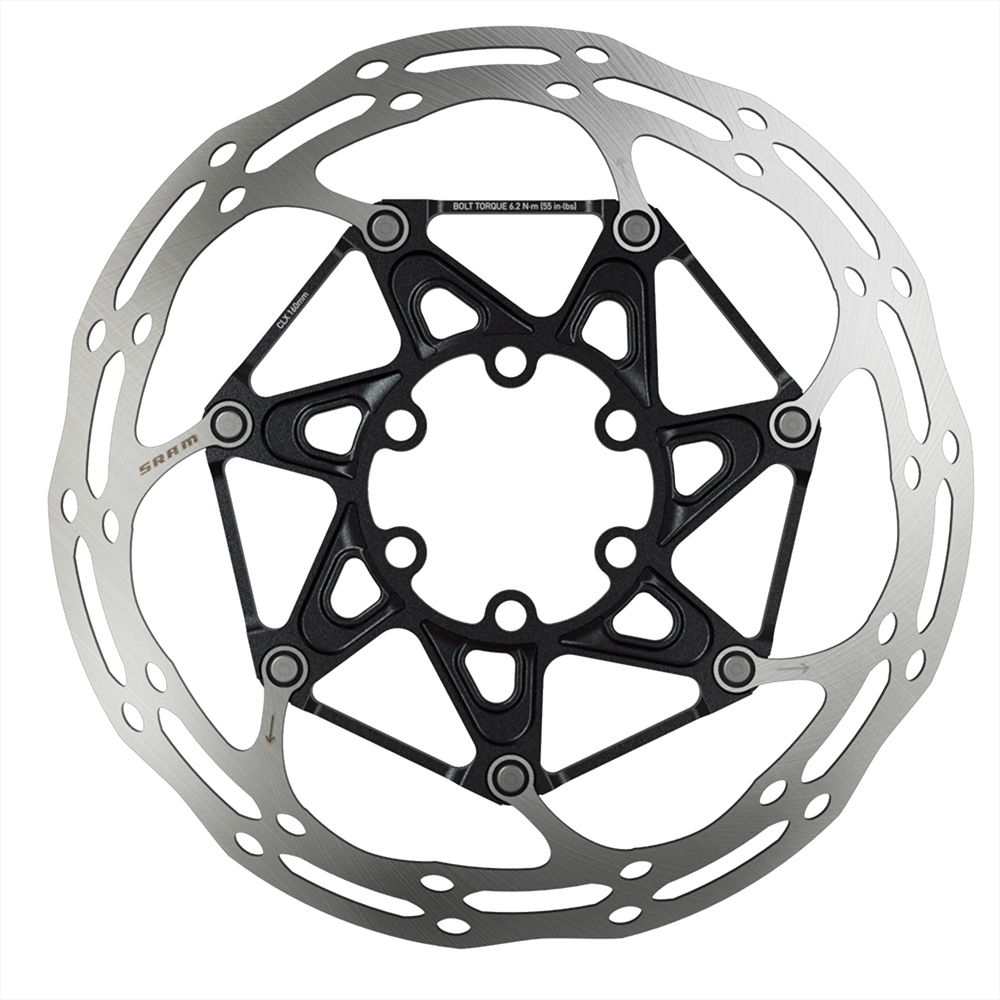JDurk
Well-Known Member
Are you sure it's not play of the pads in the caliper making the noise?When I made a claim to Hope that the rotor is making noise, they asked for a video. So I recorded a video of putting the bike on the ground, pressing the rear brake handle, and nudging the bike back and forth - the rotor made quite a cracking sound. Hope's response was that the centerlock rotor is a road/gravel rotor - they did not say anything about the sound being normal.







